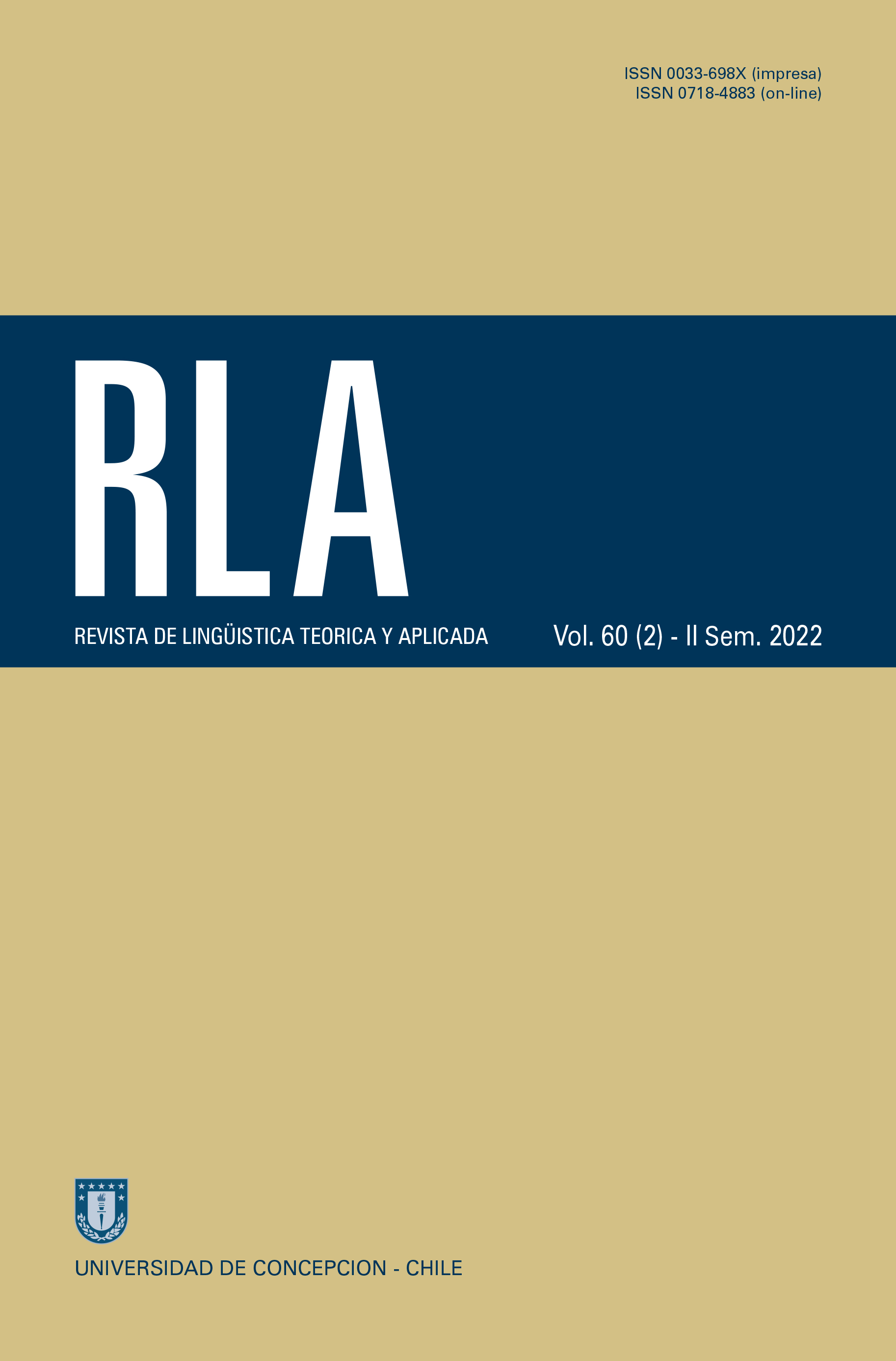THE DEVELOPMENT OF CONDITIONAL SENTENCES IN CHILD LANGUAGE: A CORPUS STUDY
DOI:
https://doi.org/10.29393/RLA60-15DCIE10015Keywords:
conditional sentences, connector si, complex sentences, child language, grammatical developmentAbstract
Conditional constructions have not been sufficiently studied from a developmental point of view in Spanish. This is because they have traditionally been considered as late and too cognitively complex structures for children in early childhood. This study aims to describe the emergence and first uses of si in order to verify whether these ideas are true or whether a rethink is necessary. This would have relevant theoretical and applied implications for the development of syntactic complexity. We have used the data provided by six corpora from the CHILDES database that contain samples of children’s speech recorded in natu- ral contexts, during spontaneous conversations or in semi-directed tasks. In particular, we have looked for uses of si in the individual production of 73 children who have been followed regularly between 1;6 and 5;0 years old, and were then subjected to a mixed analysis, combining quantitative and qualitative techniques. The results indicate that con- ditional constructions emerge before the age of 3;0 years and develop through a process of expansion from a specific grammatical schema: those referred to in the literature as “condi- cionales reales”. These findings should be taken into account when designing clinical or pedagogical materials based on typically developing children in Spanish.
Downloads
Published
How to Cite
Issue
Section

This work is licensed under a Creative Commons Attribution 4.0 International License.







